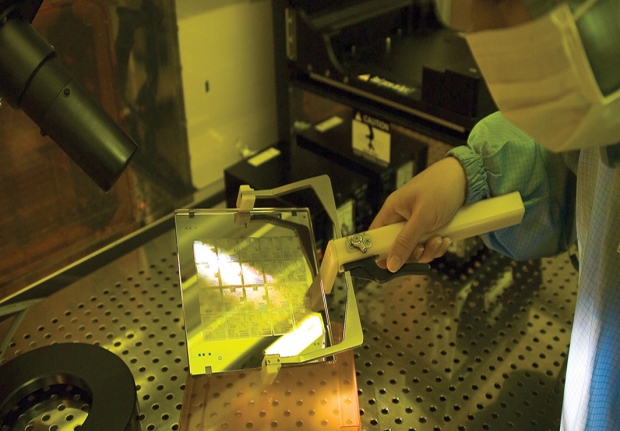It is starting to look sales teams for the pair are each trying to show that they can use the technology to reduce the most electricity consumption and production costs.
In its yearly result for 2015, TSMC made an announcement that it is planning to enter mass-production system of chips produced by 16-nano FinFET Compact (FFC) process sometime during 1st quarter of this year. TSMC had finished developing 16-nano FFC process at the end of last year. During the announcement TSMC talked up the fact that its 16-nano FFC process focuses on reducing production cost more than before and implementing low electricity.
TSMC is apparently ready for mass-production of 16-nano FFC process sometime during 1st half of this year and secured Huawei’s affiliate called HiSilicon as its first customer.
HiSilicon’s Kirin 950 that is used for Huawei’s premium Smartphone called Mate 8 is produced by TSMC’s 16-nano FF process. Its A9 Chip, which is used for Apple’s iPhone 6S series, is mass-produced using the 16-nano FinFET Plus (FF+) process that was announced in early 2015. By adding FFC process, TSMC now has three 16-nano processors in action.
Samsung is not far behind it has mass-produced Gen.2 14-nano FinFET using a process called LPP (Low Power Plus) as we wrote on Wednesday. This has 15 per cent lower electricity consumption compared to Gen.1 14-nano process called LPE (Low Power Early).
Samsung Electronics’ 14-nano LPP process was seen in the Exynos 8 OCTA series that is used for Galaxy S7 and Qualcomm’s Snapdragon 820. But Samsung Electronics is also preparing for Gen.3 14-nano FinFET process.
Vice-President Bae Young-chang of Samsung’s LSI Business Department’s Strategy Marketing Team said it will use a process similar to the Gen.2 14-nano process.
Both Samsung and TSMC might have a few problems. It is not clear what the yields of these processes are and this might increase the production costs.
Even if Samsung Electronics and TSMC finish developing 10-nano process at the end of this year and enter mass-production system next year, but they will also have to upgrade their current 14 and 16-nano processes to make them more economic.
Even if 10-nano process is commercialised, there still will be many fabless businesses that will use 14 and 16-nano processes because they are cheaper. While we might see a few flagship phones using the higher priced chips, it might be that we will not see 10nm in the majority of phones for years.




